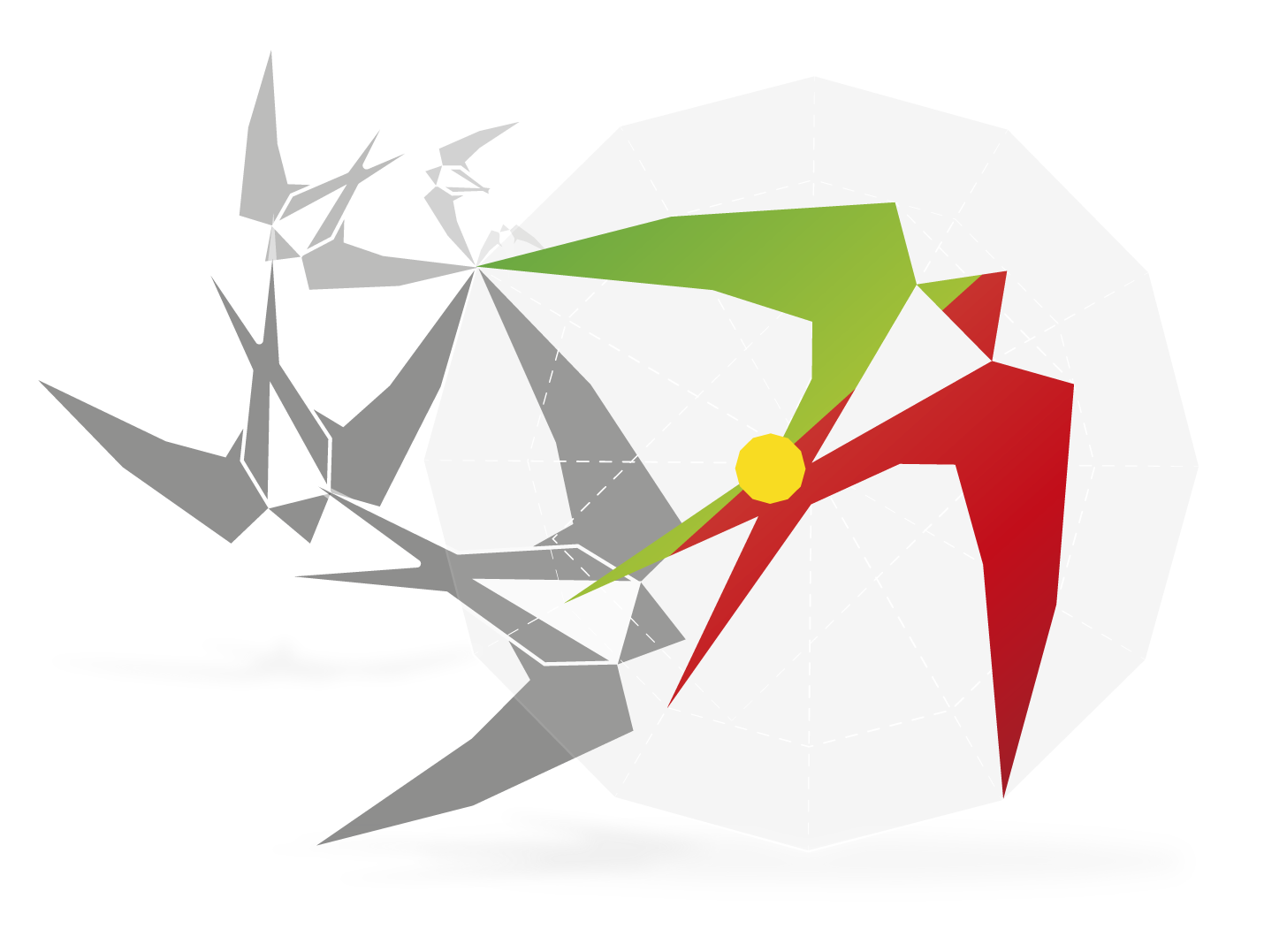
Lino Amorim
Kansas State University
Mirror symmetry predicts a correspondence between the symplectic geometry of a space and the complex geometry of its ‘mirror’. The closed version, first predicted by physicists, asserts an equivalence between curve-counting (Gromov—Witten invariants) on the symplectic side and deformation theory on the complex side. The open version, conjectured by Kontsevich, asserts a (derived) equivalence between the Fukaya category and the category of coherent sheaves.
In this talk I will use the example of an orbifold sphere (on the symplectic side) to discuss the interplay between these two versions of mirror symmetry. I will also explain how to find the ‘mirror’ partner in this example.

Diogo Arsénio
Institut de Mathématiques de Jussieu
The incompressible Navier—Stokes—Maxwell system is a classical model describing the evolution of a plasma or electrically conducting fluid. Although small smooth solutions to this system (in the spirit of Fujita—Kato) are known to exist, the existence of large weak solutions (in the spirit of Leray) in the energy space remains unknown. This defect can be attributed to the difficulty of coupling the Navier—Stokes equations with a hyperbolic system. In this talk, we will describe recent results aiming at building solutions to Navier—Stokes—Maxwell systems in large functional spaces. In particular, we will show, for any initial data with finite energy, how a smallness condition on the electromagnetic field alone is sufficient to grant the existence of global solutions.

Marta Batoréo
Universidade Federal do Espírito Santo
In this talk, we will discuss the existence of periodic orbits of symplectomorphisms (Hamiltonian or not). More precisely, we will present some results on the existence of periodic points of symplectomorphisms on compact manifolds (e.g. closed surfaces): we will give a construction of a symplectic flow on a closed surface with finitely many fixed points and no other periodic orbits and we will present some conditions under which symplectomorphims on surfaces have infinitely many periodic orbits.

Ricardo Campos
CNRS, Université de Montpellier
Given a topological space X, one can study the configuration space of n points on it: the subspace of X^n in which two points cannot share the same position. Despite their apparent simplicity such configuration spaces are remarkably complicated; the homology of these spaces is reasonably unknown, let alone their homotopy type. This classical problem in algebraic topology has much impact in more modern mathematics, namely in understanding how manifolds can embed in other manifolds, such as in knot theory. In this talk I will explain how using ideas going back to Kontsevich’s work on the little discs operad we can obtain algebraic models for the rational homotopy type of configuration spaces of points.
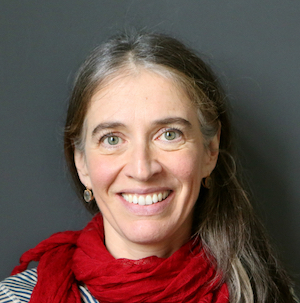
Ana Cannas da Silva
ETH Zurich
Toric manifolds have gained prominence as testing grounds for new theories. Moreover, they have a strong mathematical appeal, inasmuch as they enjoy a slew of properties and they follow a rigid yet rich classification.
From the symplectic viewpoint, they are classified by some polytopes (as shown by Delzant) and can be handled with action-angle coordinates (an idea rooted in work of Archimedes).
After an overview of symplectic toric manifolds, this talk will explain how the language of polytopes and action-angle coordinates allows us to understand submanifolds well adjusted to the toric and symplectic structures.

Miguel de Carvalho
University of Edinburgh
In this talk I will offer an overview of methods of statistics of extremes, which is a prominent field of research concerned with modelling the risk of occurrence of black swan events. The behaviour of extreme values in large samples is often mathematically tractable, and this tractability is a blessing as it allows us to impose structure and build sound statistical models. The methods covered in the talk have been devised by a community who has opened the path for answering questions such as: Are the losses induced by Hurricane Katrina a 1 in a 100 year event? How likely is it for a portfolio of crypto-assets to suffer a joint crash? How often should we expect storm surges inducing extreme sea levels? After an introductory part, the talk will focus on describing recent advances on methods that can be used for tracking the dynamics governing joint extremes over time.
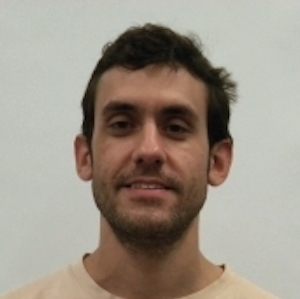
Luís Diogo
Uppsala University
A classical problem in topology is that of classifying knots in three-dimensional space. In recent decades, there has been enormous progress with the discovery of powerful knot invariants, often motivated by physics.
I will give a brief introduction to knot contact homology (KCH), which is defined using Gromov’s theory pseudoholomorphic curves in symplectic manifolds, and is (almost) a complete knot invariant. I will also explain how KCH recovers the classical Alexander polynomial of a knot.

Irene Fonseca
Carnegie Mellon University
Quantum dots are man-made nanocrystals of semiconducting materials. Their formation and assembly patterns play a central role in nanotechnology, and in particular in the optoelectronic properties of semiconductors. Changing the dots’ size and shape gives rise to many applications that permeate our daily lives, such as the new Samsung QLED TV monitor that uses quantum dots to turn “light into perfect colour”!
Quantum dots are obtained via the deposition of a crystalline overlayer (epitaxial film) on a crystalline substrate. When the thickness of the film reaches a critical value, the profile of the film becomes corrugated and islands (quantum dots) form. As the creation of quantum dots evolves with time, materials defects appear. Their modelling is of great interest in materials science since material properties, including rigidity and conductivity, can be strongly influenced by the presence of defects such as dislocations.
In this talk we will use methods from the calculus of variations and partial differential equations to model and mathematically analyze the onset of quantum dots, the regularity and evolution of their shapes, and the nucleation and motion of dislocations.

Nuno Freitas
University of Warwick
Let $K$ be a number field. The asymptotic Fermat’s Last Theorem over $K$ is the statement that there exists a constant $B_K$, depending only on $K$, such that for all primes $p > B_K$ all solutions to the Fermat equation $x^p + y^p = z^p$ satisfy $xyz = 0$. In this talk we will discuss the relation between asymptotic FLT over $K$ and the existence of certain elliptic curves over $K$. We will discuss some recent progress on this problem. This is joint work with Alain Kraus and Samir Siksek.

Diogo Gomes
King Abdullah University of Science and Technology
Mean-field games are models for large populations of rational agents. The models are natural to describe population dynamics and economics problems. Here, we present a brief introduction to this class of problems. Then, we discuss in detail two elementary examples that can be solved explicitly – one addressing a stationary population dynamics model and the second one the price formation in commodities markets.

Rui Loja Fernandes
University of Illinois at Urbana-Champaign
I will give a brief survey of the theory of Lie groupoids and Lie algebroids, a far reaching generalization of ordinary Lie theory. I will explain why this generalization is useful and mention some of its applications to problems in differential geometry.
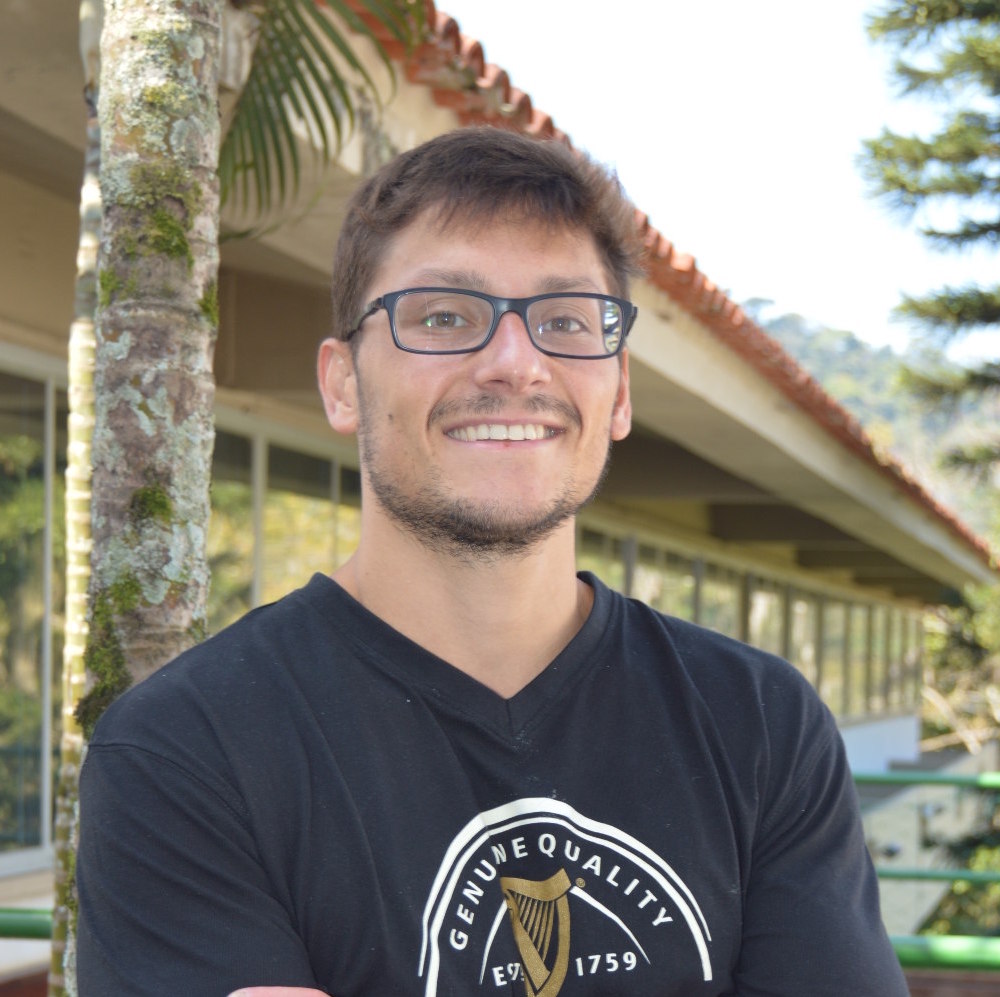
Gonçalo Oliveira
Universidade Federal Fluminense
Monopoles are solutions to a nonlinear generalisation of the equations describing electromagnetism. In this talk, I will explain my construction of solutions to these equations on a large class of manifolds. The ideas underlying this construction go back to Clifford Taubes’ work on the same equation in 1980 introduced “glueing constructions” in differential geometry.
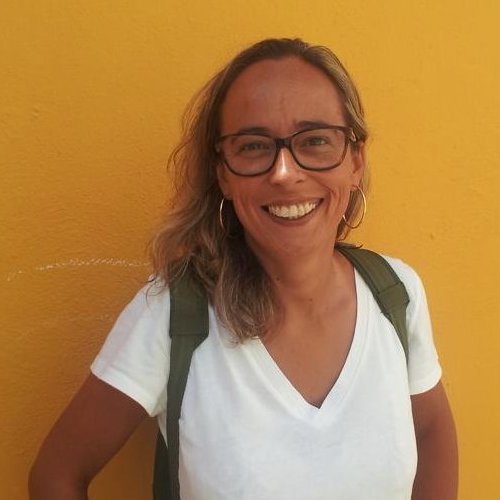
Ana Rodrigues
University of Exeter
Although Piecewise isometries (PWIs) are higher dimensional generalizations of one dimensional interval exchange transformations (IETs), its dynamics is far less understood. In this talk I will introduce some recent results that allow us to use to study PWIs using techniques from IETs (in particular, I will introduce the notion of an embedding) and will present a result that proves existence of invariant curves for PWIs.
(this is joint work with P. Ashwin, A Goetz and P. Peres)

Marcelo Viana
Instituto Nacional de Matemática Pura e Aplicada

Jorge Vitória
Università degli Studi di Cagliari
Classification problems are ubiquitous in mathematics, and they are
particularly so in algebra. Representation theory is, roughly
speaking, the study of actions of any given ring $R$ on abelian groups
or, in other words, the study of $R$-modules. Therefore, when
encountering a ring $R$ of interest, the first natural impulse of a
representation-theorist would be that of classifying, up to
isomorphism, all modules over $R$. This problem is usually, however,
unreasonably difficult. So one might instead consider classes of
modules sharing common properties, and try to classify those. This
problem is usually far more tractable, and an answer to it provides a
structural insight into the category of $R$-modules, $\mathsf{Mod}(R)$.
Notably, full abelian subcategories of $\mathsf{Mod}(R)$ whose inclusion functor
admits both left and right adjoints (usually called bireflective
subcategories) correspond bijectively to equivalence classes of
epimorphisms with domain $R$ in the category of rings. Such ring
epimorphisms can be explicitly constructed using localisation
techniques. Formally inverting an element of $R$, a matrix of elements
of $R$ or, more generally, a map between finitely generated projective
$R$-modules, always yields an epimorphism in the category of rings.
However, in order to classify all ring epimorphisms (up to
equivalence), it is in general unclear whether localisations suffice.
In this talk we will discuss (homologically well-behaved) ring
epimorphisms and their use in representation theory. In particular, we
will focus on the problem of determining whether such ring
epimorphisms with domain $R$ arise from localisations, when $R$ is a
commutative noetherian ring. This is based on joint work with L.
Angeleri H\”ugel, F. Marks, J. {\v S}{\v{t}}ov{\'{\i}}{\v{c}}ek and R. Takahashi.
